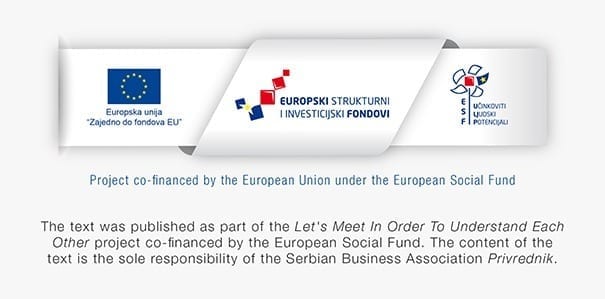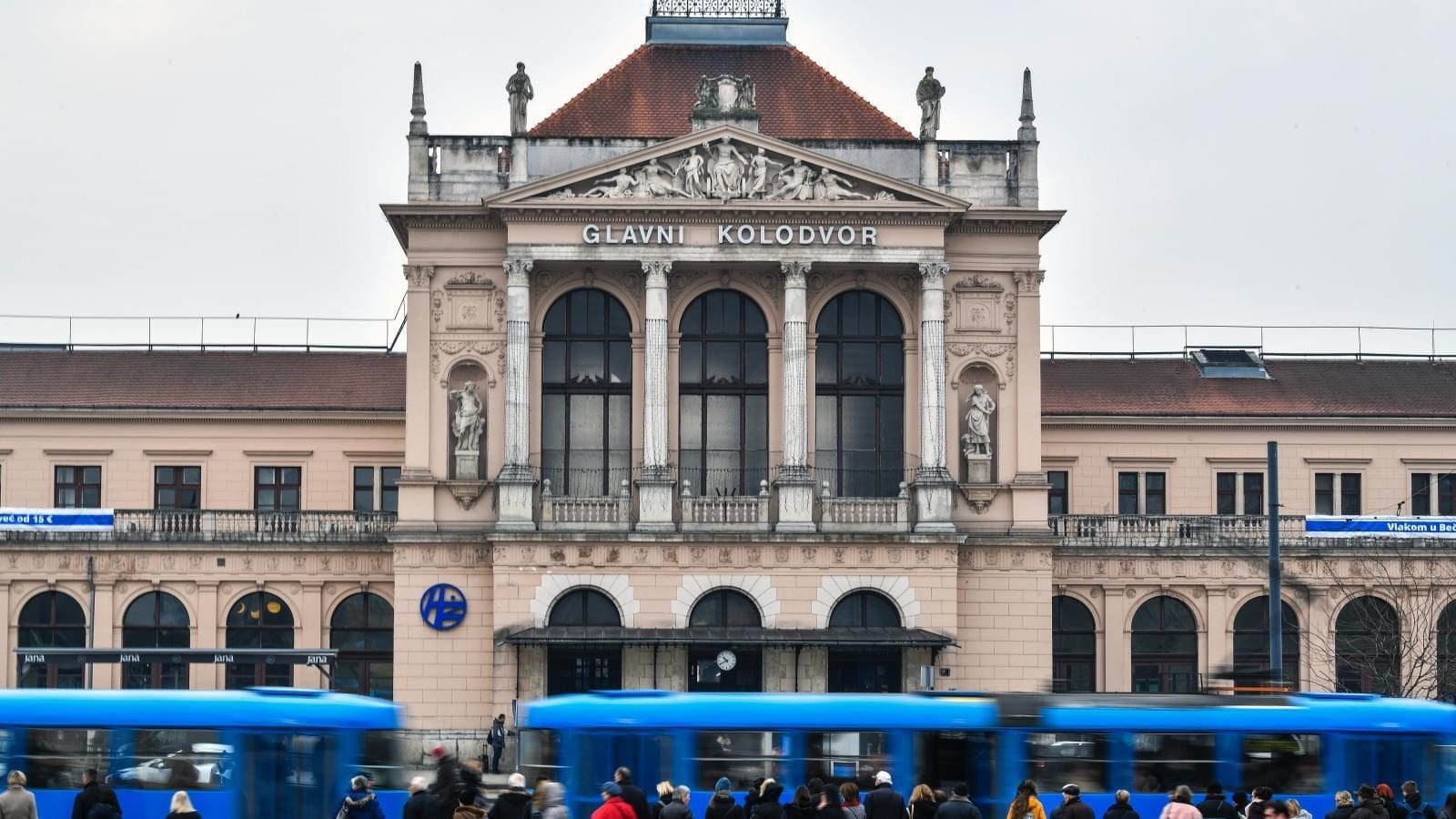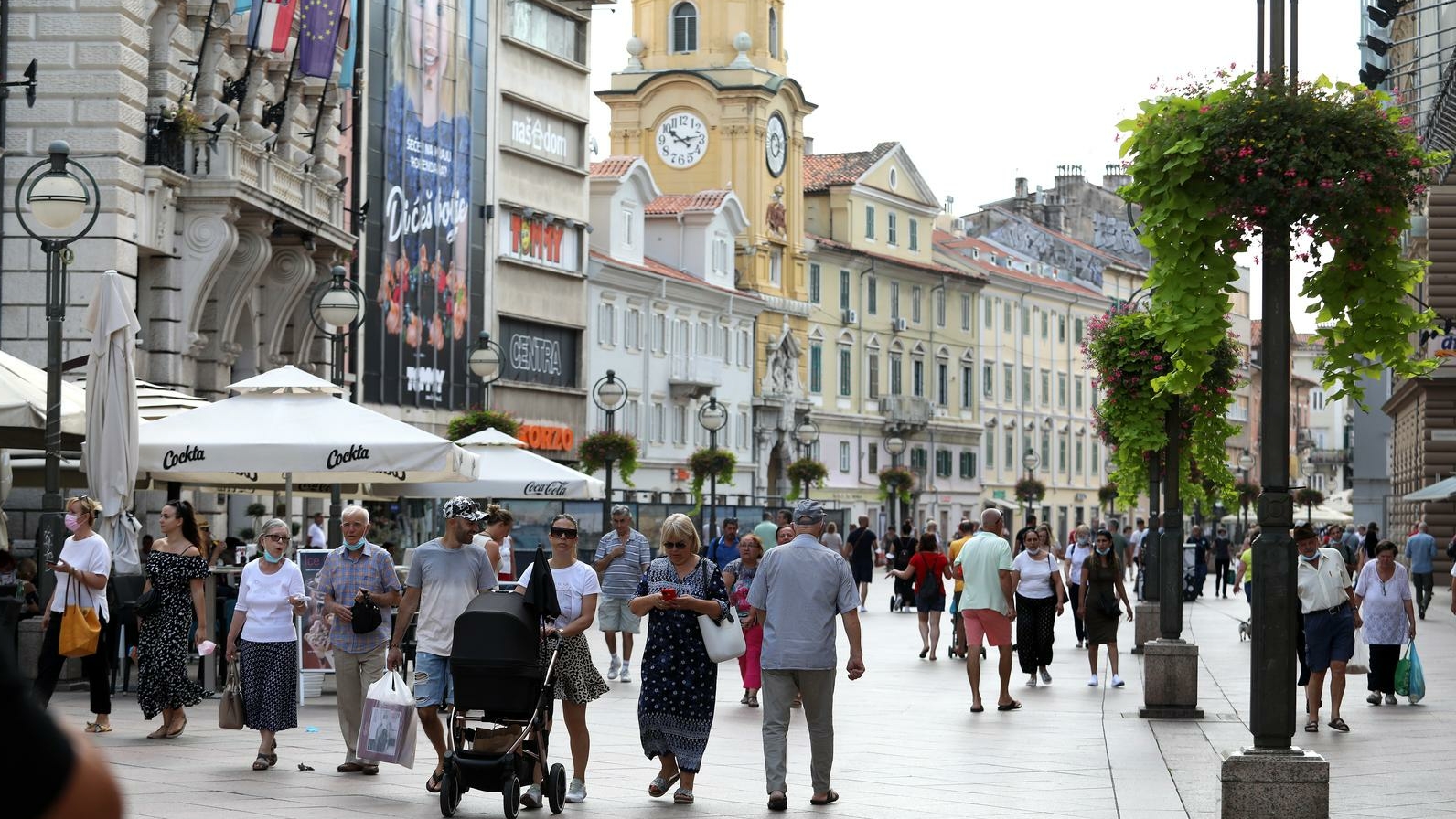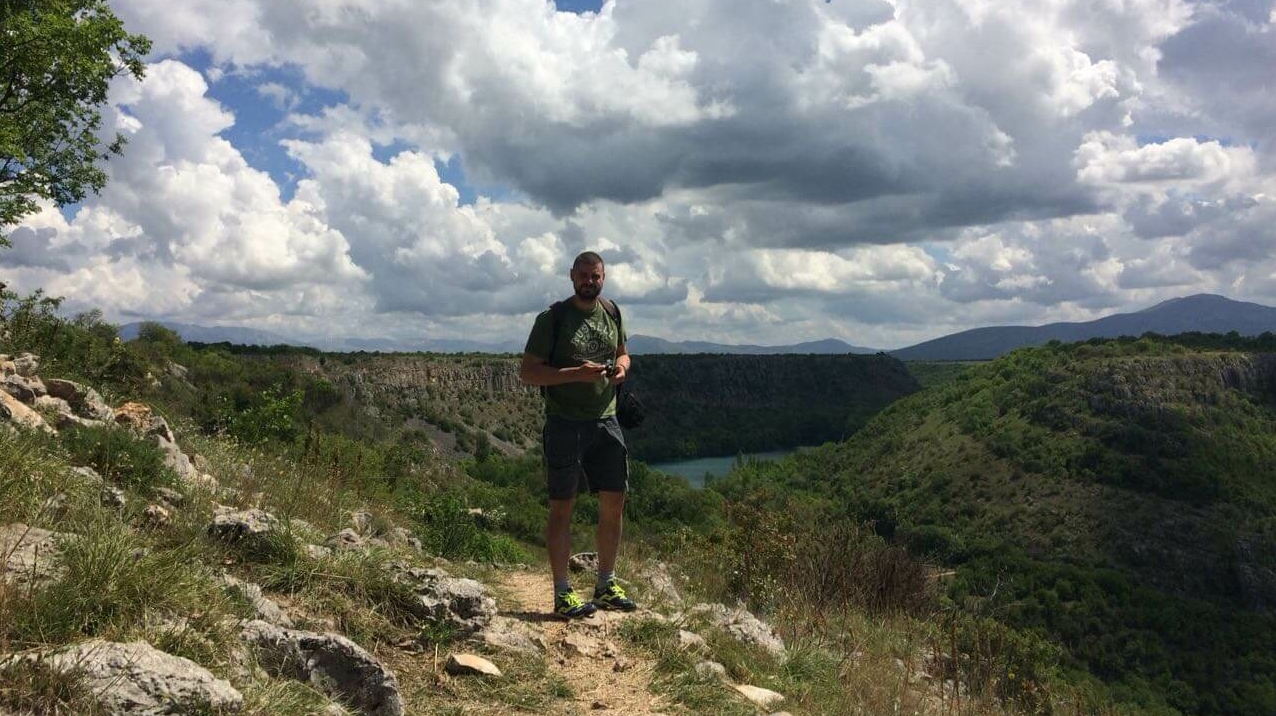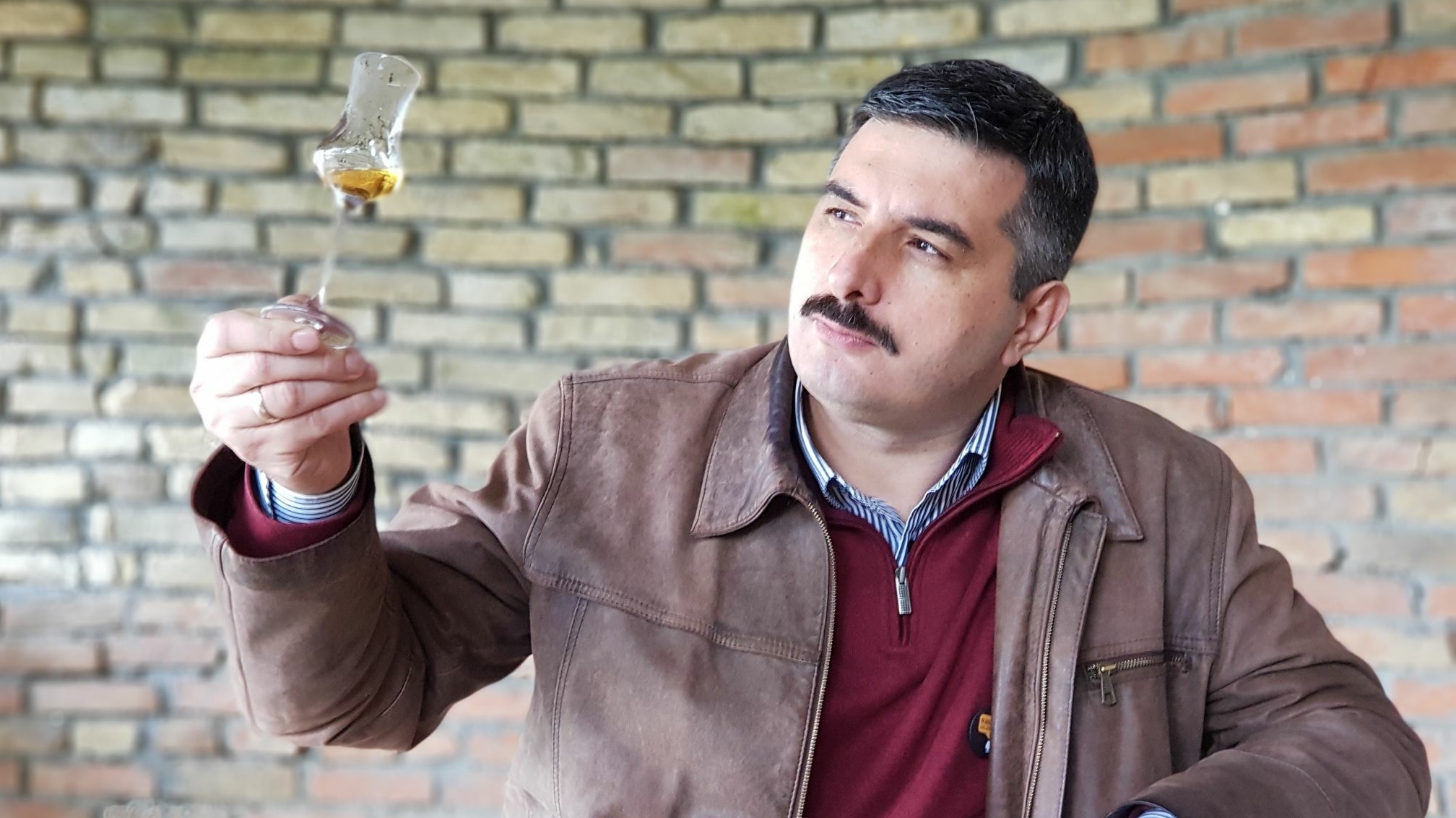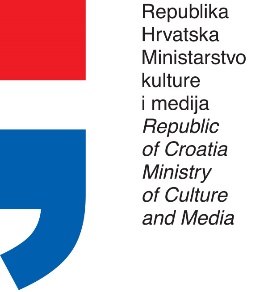The Monument to the Victims of the Holocaust will soon be unveiled in Branimirova Street in Zagreb, in front of the Zagreb Railway Station (Glavni kolodvor), and disputes about its name and artistic solution continue.
“We are used to monuments creating public dissension, so we are not surprised it happened in this case. Experts are familiar with the criticism of those countries that take part in the international commemoration of the victims of the Holocaust, but do not mention their own participation in it. That is something we certainly could have and should have avoided in this case. We must have a wide-ranging public discussion about such an important historical and social topic, as well as about what kind of monuments, memorial sites and commemorations we consider appropriate,” Branimir Janković, assistant professor at the Department of History of the Faculty of Humanities and Social Sciences in Zagreb, says for P-portal.
Questionable both artistic value and symbolism
Current discussions about the monument focus on two aspects – the artistic value of the monument and the symbolic meaning it carries. Experts have already called the work by Dalibor Stošić, chosen at the public tender for the Monument to the Victims of the Holocaust, a possible plagiarism of the installation of Italian artist Fabio Mauri Il Muro Occidentale o del Pianto, created in 1993, when it was first exhibited at the 45th Biennale in Venice, and which represents a wall of stacked suitcases.
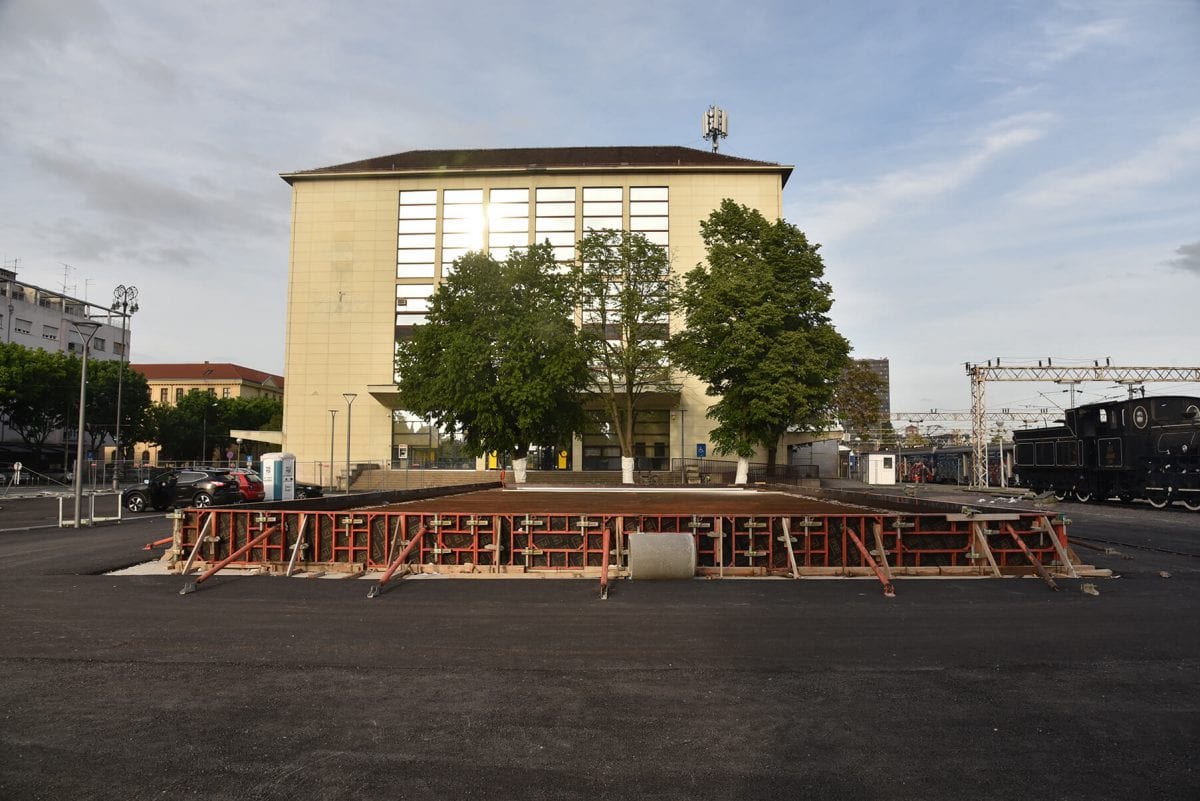
Representatives of the Serbian and Jewish communities, which suffered the greatest losses at the hands of the Ustasha regime in the Independent State of Croatia, criticize the symbolic value of the monument and disagree with the name and the dedication, an attitude shared by the World Jewish Congress.
The monument will bear the inscription “memory of six million Jews killed in the Holocaust,” which fails to mention local Jews and the perpetrators of the crimes and leaves Serbs, Roma, antifascists and everyone else killed by the Ustasha regime completely invisible. The Jewish Municipality of Zagreb and the Serb National Council point out that the fascism in Croatia was a local, Croatian fascism, so the monument must be dedicated to the victims of the Ustasha terror or the NDH. Such an approach is the hardest, but also the most responsible one and the only one which is true to the facts, these organizations state.
Denial of the Ustasha crimes
Tena Banjeglav, a historian and the coordinator of the educational programs of Documenta, believes that the monument itself is not problematic and welcomes its installation next to the Zagreb Railway Station, from which many were taken to concentration camps, but does not agree with its final design.
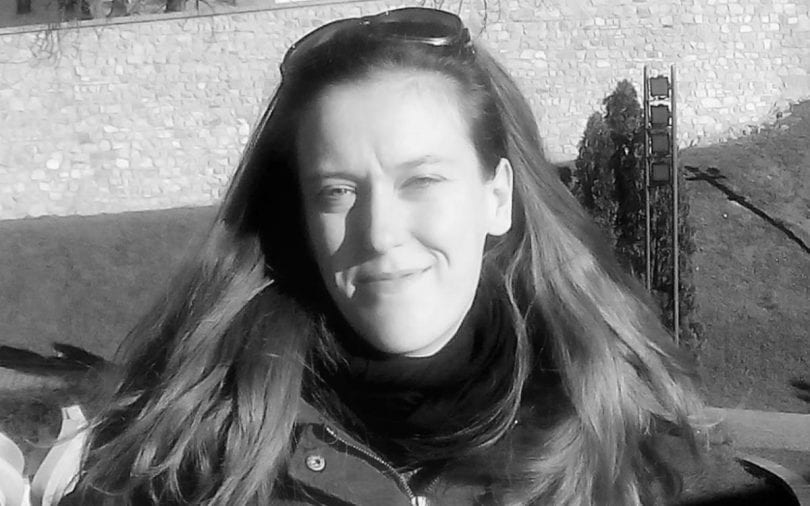
“Because of the proposed inscription, the monument not only does not contribute to confronting the past, but completely denies the Holocaust and deaths of Serbs, Roma and other groups, as well as the crimes committed by the Ustasha in the NDH. The unveiling of the monument dedicated to all of the six million Jews killed in the Holocaust in Europe – reportedly planned for Europe Day, May 9th, instead of April 10th or just a day earlier, May 8th – is a clear example of historical revisionism. By remembering all the Jews killed in Europe, we neglect the victims of the Ustasha regime, victims whose descendants live among us today, victims who died horribly just because of their ethnic or religious background, and we run away from the fact that crimes happened here as well,” Banjeglav warns.
Janković is of a similar opinion; he agrees with the criticism expressed so far and is skeptical of the ability of the monument as currently envisaged to honor all the victims of the Holocaust and to inform and educate younger generations about what happened in Zagreb and elsewhere during the Second World War.
“Since the monument will be placed in a historically authentic and symbolically extremely important place – next to the train station from which victims of genocide and the Holocaust were sent to concentration camps – with time it could, perhaps, grow into a place of remembrance and represent this traumatic place in a much better way,” Janković says and adds that, in this way, what is left unsaid in the name of the monument would be compensated for.
Neutralization of domestic collaboration
Problems arose at the very beginning, in June 2019, when former mayor Milan Bandić started an initiative and brought a proposal to erect a monument to the six million Jews killed in the Holocaust to the session of the City Assembly. City representatives accepted it with a majority of votes – 37 supported the proposal, while three representatives of the left-wing bloc were against it. Although the representatives of SDP and GLAS also objected to the fact that the artistic solution avoids mentioning the direct responsibility of the Ustasha regime and the NDH for the committed crimes, they supported the proposal.
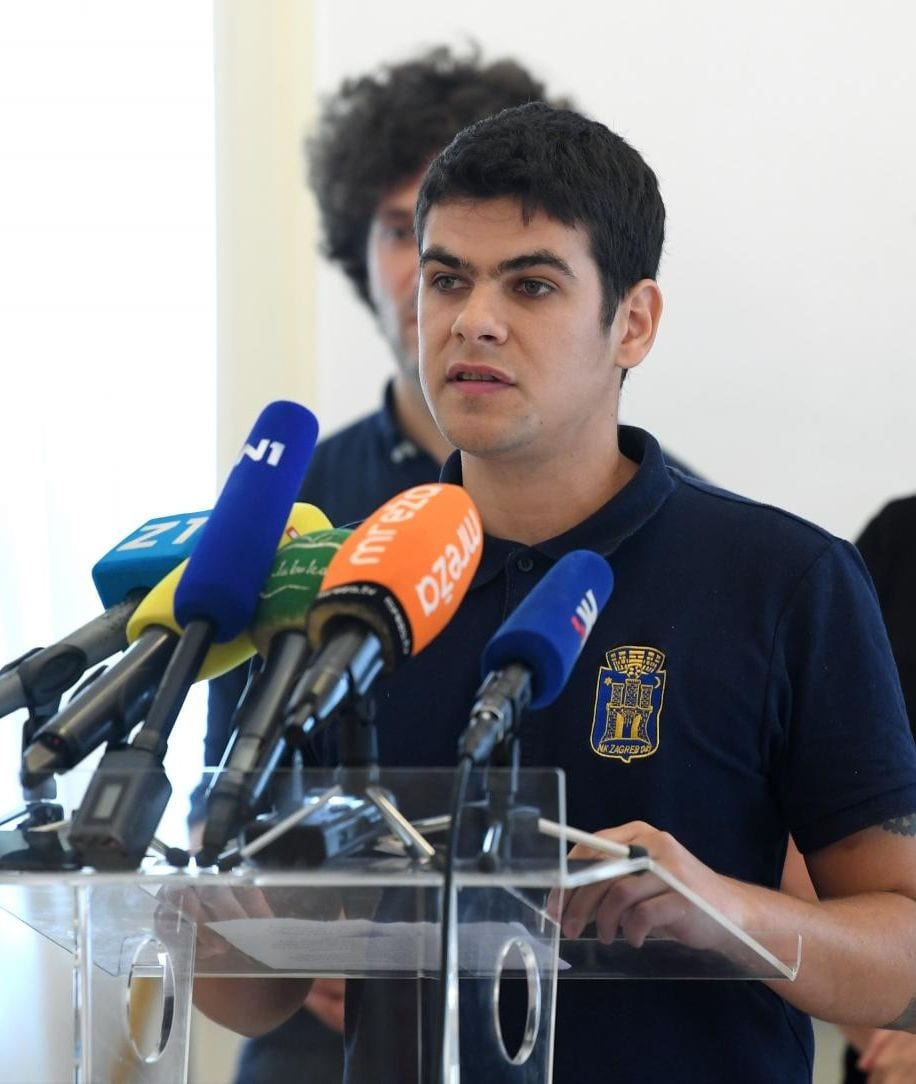
One of the few representatives who voted against the proposal was Zlatko Nikolić, rotational representative of the Workers’ Front (Radnička fronta) in the City Assembly, who says for P-portal that there are several reasons he did not support the current artistic solution for the monument.
“This monument is installed with the dedication ‘to the six million Jews killed in the Holocaust’, which is a clearly revisionist formulation that intentionally avoids and neutralizes the crime of the domestic collaboration responsible for the death of some 31 000 Jews and other groups. There is no mention of the Roma killed in the Holocaust in the NDH or of the concentration camps on the territory of the NDH and the arrests and deportations of Jews and others to camps in Poland and Germany,” Nikolić says. He points out that the City District of Donji Grad is against installing the monument in this location and agrees that a monument to the victims of the Holocaust on and from the territory of the NDH would be more appropriate.
Minorities and experts need to be included
The dissatisfaction of the representatives of the nations and organizations of the victims of fascism in Croatia clearly shows that consultation with them about achieving an acceptable solution for the monument was minimal and negligible. Croatia and Zagreb could therefore become a unique example where representatives of nations and organizations of victims in whose name a monument is erected are its strongest opponents.
“If the organizations of the representatives of the victim nations were not asked on time or consulted during the development of the idea for the monument and the inscription, I think that their later criticism and proposals for the City should have been heard and taken into consideration. That was the chance to rethink and change the proposed inscription in order for it to truly commemorate the victims of the NDH instead of denying them. Since we still do not know what the inscription will be, it seems that the voices of the organizations of the victim nations and other organizations which supported them were not heard and did not reach the city authorities,” Banjeglav says. He states that we now have a monument which none of them is satisfied with, which does not contribute to reconciliation and the process of confronting the past and whose purpose, therefore, is problematic.
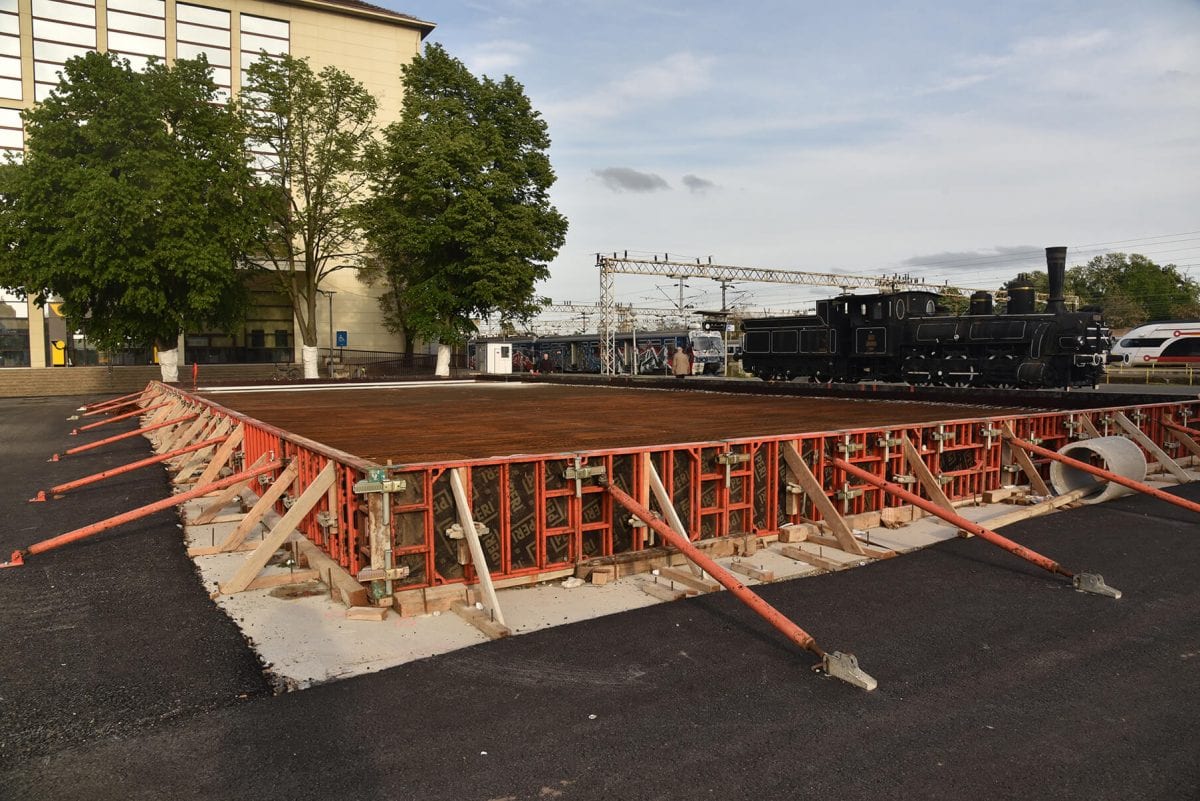
Janković emphasizes that our attitude towards the Holocaust is not just a matter of monuments or history but also of something even more important – our immediate present and, he hopes, much more tolerant future, so the creation of this kind of memorial requires consultation with experts.
“Historians and experts on modern history, public history and confronting the past can tell us how similar issues were solved on a wider, international level. They can show us that the memory of the Holocaust was often marginalized in many societies and that it took time and effort for nations to accept it as part of their national history. That means that we must take responsibility for the Holocaust and the crimes committed and remember them and the victims. Experts can also point out that international museums commemorating places of suffering always have educational programs which teach not only about the past but also about recognizing mechanisms of exclusion in the present,” our interviewee emphasizes.
New approaches are necessary
“Since 1991, 55 percent of monuments and memorials to the People’s Liberation War and the victims of fascism have been removed in Zagreb. Some of them were previously removed from the list of cultural heritage without any procedure, and the City of Zagreb has no intention to restore or reinstall them, as was pointed out by the then-mayor,” Zlatko Nikolić from the Workers’ Front states. He believes that a large number of the damaged and destroyed memorials to the victims of fascism in the Zagreb area could be restored with 5,500,000 kuna, the entire cost of the new monument.
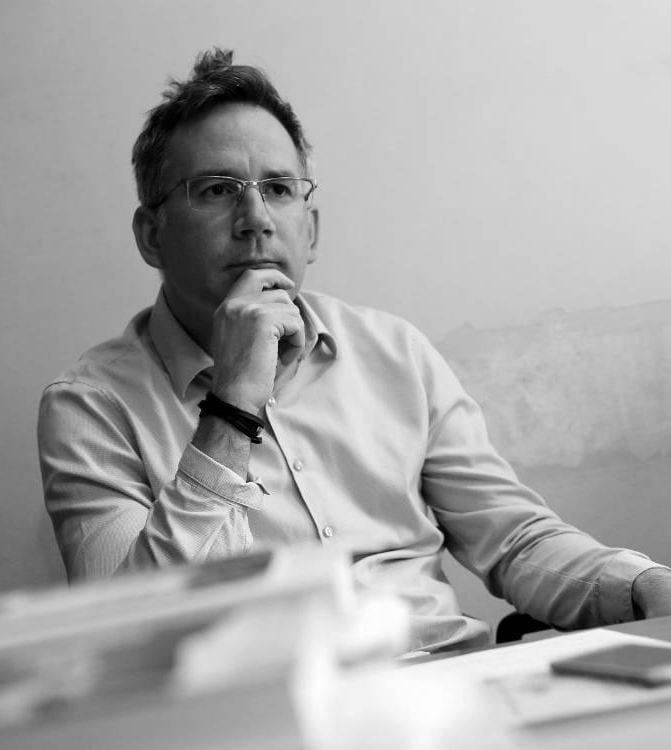
At the Faculty of Humanities and Social Sciences, Branimir Janković teaches the subject Public History, which deals with the relatively new sub-discipline of studying the presence of history in the public sphere, from the public and the media to films, literature, museums and tourism. He believes that “initiatives” from below would give the monument to the Holocaust the informative and educational character which it currently lacks.
“By this I mean accompanying programs such as film screenings and public readings about deportations to death camps, as in the example of the young actress Lea Deutsch, who never returned to her Zagreb. It could be similar to the way surviving prisoners of concentration camps and the families of those killed in them marked the places of suffering when they were still unmarked and so gradually encouraged their memorialization. I would like that to happen in this case. It seems to me that we need new, conceptually innovative approaches which will use all the modern tools at our disposal to communicate with the citizens and the community about the past much more intensively,” Janković points out.
Young people know too little about this period in history and the victims
Tena Banjeglav, one of the authors of the recently published publication Zagreb in War, Resistance, Creation and Memory. Guide through Zagreb in the Second World War, agrees with this and believes we need a new approach to education about the events of the Second World War which would focus on the events in the NDH and the victims of the Ustasha regime, instead of focusing on world history and the deaths in Europe. Documenta’s recent experiences in preparing tours of locations of death, suffering and resistance and historical walks through Zagreb have shown that citizens of Zagreb, as well as young people, do not know enough about this period, the suffering of the victims or the concrete locations and places of death. This is also shown by the latest analysis of political literacy of final-year high school students in Croatia, conducted in March by researchers from the Institute for Social Research in Zagreb, the Faculty of Political Science in Zagreb, the Center for Southeastern European Studies at the University of Graz and GONG. According to the results, more than 15 percent of final-year students do not consider the NDH a fascist creation, and 45 percent think that it is alright to use “Za dom spremni”.
“It is important to work more on local history and places of suffering close to students. It is proven that children and young people connect and develop empathy more easily, and therefore learn better and more easily, when the places are familiar and close to them. Field trips – visits to places of suffering and other locations connected with the Second World War – are a great help in the process of learning and understanding. It has been shown in practice that it is a great way of teaching, that these places leave a strong impression on students and that they remember and understand them better. However, all this is still used too little in education in Croatia,” Banjeglav concludes with the hope that new textbooks and curricula will bring a change for the better in this regard.
